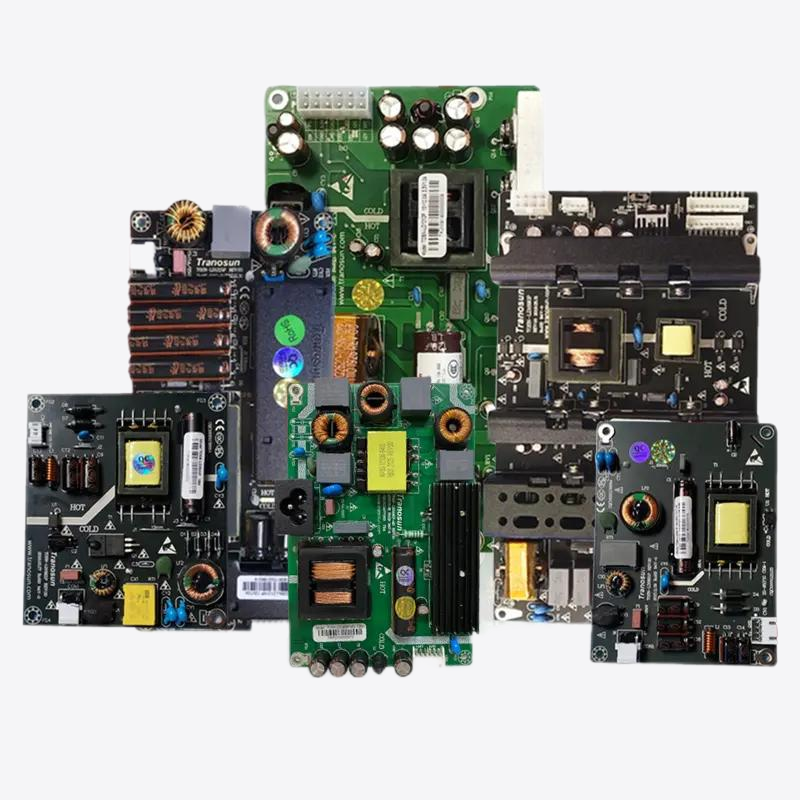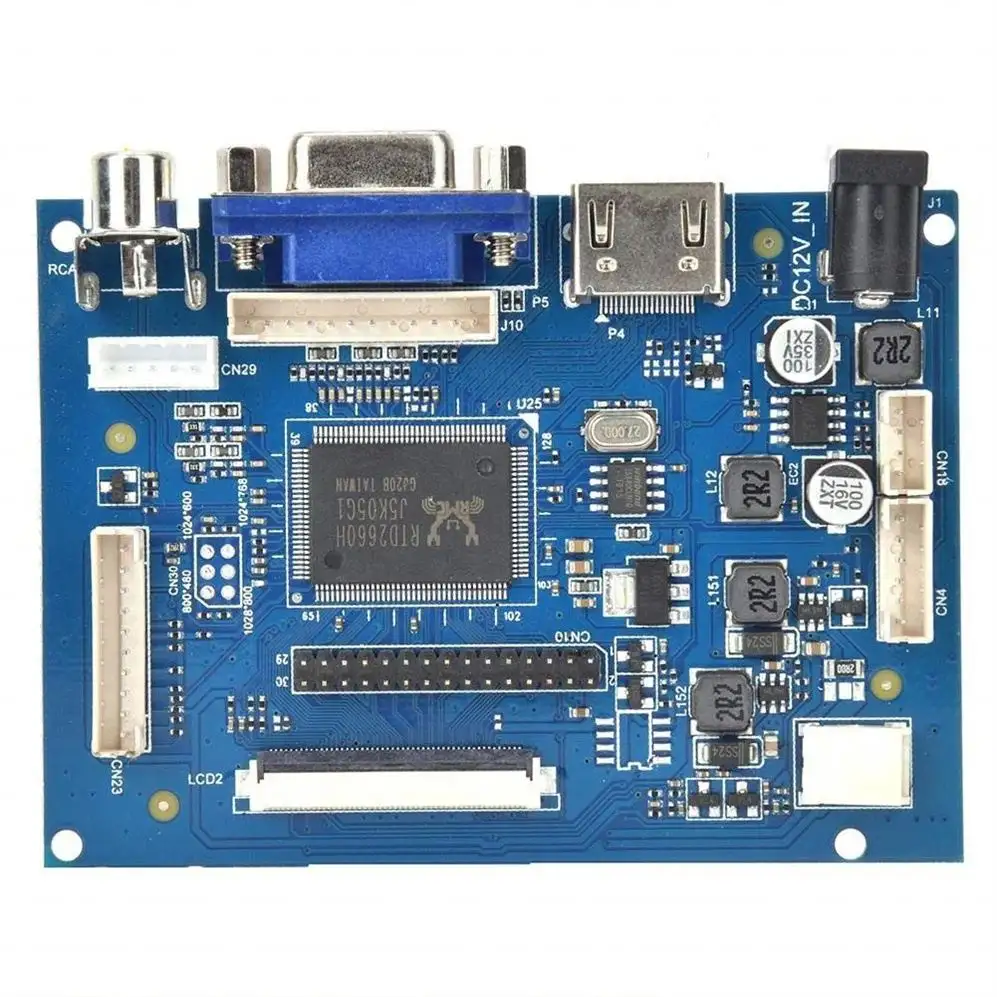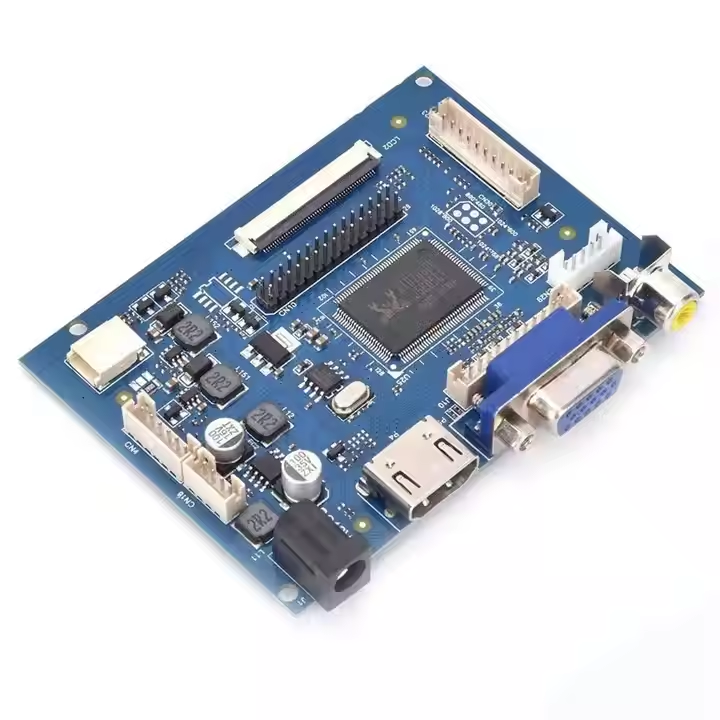Flexible Power Inputs for Industrial Reliability

Can Your Serial COM Hardware Survive Power-Sensitive Deployments?
Not all embedded boards are equipped for the demands of industrial communication. This table compares typical embedded boards with our serial-port optimized platforms—showing how electrical isolation, BIOS-level configurability, and protocol flexibility can impact real-world system integration.
| Question | Standard Embedded Board | Customized Serial-Ready Board | Exclusive ODM by MiniITXBoard.com |
|---|---|---|---|
| Can it accept industrial DC input? | Fixed 12V input only | 9–24V input with basic surge filtering | 9–36V DC with transient/EMI filtering, watchdog auto-reboot |
| Is there support for mobile power sources? | No | Partial battery support via external pack | DC jack + terminal block for UPS, vehicle, or mobile robot use |
| Does it support redundant power input? | No | Optional dual header via jumper | Auto-failover between DC jack and Phoenix connector |
| Can it tolerate cold boot or spikes? | Minimal protection | Basic undervoltage lockout | -20°C cold boot, brownout-tolerant startup logic |
Choose the Right Power Configuration for Your Embedded Application
From mobile robots to field controllers, different embedded environments demand flexible and reliable power input. Our industrial-grade Mini-ITX systems support a range of power configurations—ensuring compatibility with DC sources, redundancy for critical systems, and tolerance for unstable supply conditions.
Compact DC Input Boards
Best For: Kiosks, POS terminals, smart panels
12V or 5V DC barrel jack input
Compact PCB layout for slim enclosures
Integrated under-voltage lockout and brownout tolerance
When to Choose:
- Your system runs on a shared low-voltage rail
- Fanless and space-constrained design is required
- Budget sensitivity outweighs the need for failover
Flexible Input Boards with Surge Protection
Best For: Industrial gateways, vehicle-mounted systems
9–36V wide-range DC input via terminal block
EMI-filtered, watchdog-triggered reboot logic
Supports mobile power, UPS, or solar setups
When to Choose:
- You’re deploying to robotics, AGVs, or remote devices
- Stable reboot behavior and fault recovery matter
- You require compatibility with 12V/24V systems
Dual-Input Redundant Power Platforms
Best For: Energy automation, rail, aerospace, security
Dual 12–24V DC inputs with failover protection
Separate DC jack + Phoenix terminal block
Designed for 24/7 uptime and fail-safe operation
When to Choose:
- Power loss or brownouts would interrupt mission-critical processes
- Compliance with backup power and equipment redundancy is required
- You need long-term deployment in unstaffed or harsh locations

Build with Confidence on a Custom Power-Ready Platform
Your power input isn’t generic—and neither is our hardware. Whether you’re designing for robotics, automation gateways, or remote AI nodes, we’ll help configure a board with the right voltage range, filtering, and redundancy to match your deployment.
- Supports 5V, 9–36V, or 12–24V DC input ranges via jack or terminal block
- Onboard filtering, watchdog logic, and ESD shielding
- Optional dual-input configurations for critical failover
Power Input Interfaces Tuned for Field Reliability
Power is foundational to reliable operation—and our embedded platforms are built to withstand the voltage swings, environmental stress, and uptime demands of real-world industrial deployments. Below is how we engineer power input configurations to match a range of embedded system classes:
| Interface Category | Compact AI Systems | Mid-Tier Gateways | Advanced Embedded Platforms |
|---|---|---|---|
| Input Voltage Range | Fixed 12V DC jack | 9–24V terminal block (auto-recovery) | 9–36V wide-range input, field-swappable terminal or Molex |
| Redundancy Options | N/A | Optional backup input | Dual-channel input with failover logic |
| Filtering Architecture | Board-level capacitors | Filtered with choke & transient suppression | EMI-filtered, multi-stage transient filters with watchdogs |
| Connector Flexibility | Barrel jack (standard) | Screw terminal or 2-pin JST | Locking Phoenix-style terminal, JST, or custom BOM-specified |
| Power Control Layer | Manual power toggle | Firmware-linked sleep/reset | Software-triggered watchdog reset, low-voltage cutoff logic |
| ESD/Surge Protection | Basic diode clamp | TVS + fuse | Surge rated (15kV), overload protection, watchdog link |
Thermal & Power Engineering for Serial-Heavy Deployments
Safeguarding Port Stability in Harsh, High-Density Environments
Multiple serial ports demand more than just connectors—they require careful planning of thermal zones, power routing, and resilience features. Our industrial-grade COM boards support multiple power input configurations with built-in protections, ensuring that signal integrity and port performance remain stable under tough field conditions.
Zoned Cooling Around UART Bridges
Directed airflow over high-heat areas like transceivers and UART controllers ensures long-term reliability in tightly packed I/O clusters.
Flexible Power Input: 5V or 12V Ready
Each board supports per-port dual-voltage options, including inline polyfuse and ESD protection. Ideal for long-distance RS-485 or field sensor runs.
Smart Power Throttling
Firmware-defined current thresholds dynamically adjust port behavior to prevent thermal overshoot during surge or full-load events.
9–36V Wide-Range Input with Auto Reset
Designed for DC-powered enclosures and rail devices, all platforms support 9–36V input with transient filtering and watchdog-enabled reboot for brownout recovery.
Validated for Field Operation
All serial-focused boards pass thermal cycling (-20°C to +70°C), vibration hardening, and EMI immunity testing for deployment in mobile or factory-grade environments.


Consistency Across Voltage Inputs, Load Events & Serial Uptime
In field-grade and automation environments, a board’s ability to maintain I/O stability across variable power sources is non-negotiable. That’s why our serial-focused platforms are built around multi-input voltage design, lifecycle-stable components, and fixed power management mappings—so your deployment behaves predictably, no matter the input line or power event.
BOM-Locked Power Delivery Architecture
We lock all key power-regulation components—LDOs, polyfuses, power controllers—to ensure no variability across batches, eliminating behavior drift from sourcing changes.
Long-Term Voltage Controller Support
We align our DC-DC converter and switching ICs to controller roadmaps with 7+ year support to avoid drop-in replacements that impact serial signaling timing or stability.
Pre-Mapped Input Voltage Trees
Each board is shipped with validated power trees that match BIOS, kernel, and firmware expectations. This ensures consistent behavior for RS-232/485 performance across 5V, 9V, 12V, or 24V input scenarios—without requiring user-level tuning or redesign.
Real-World Reliability Enabled by Multi-Input Power Designs
From fluctuating voltage lines on factory floors to mobile deployments with backup batteries, power resilience is critical. Our multi-input-ready Mini-ITX platforms maintain system uptime and serial signal integrity—regardless of power source disruptions. Here’s how our designs meet real-world power challenges:
Dual Voltage Compatibility
Support both 12V and 24V DC input ranges for seamless integration across industrial cabinets, field terminals, and kiosk deployments—without custom wiring.
Mobile & Stationary Deployments
Whether you’re powering from PoE injectors, UPS-fed rails, or mobile battery systems, our flexible input design ensures safe, stable voltage delivery to core components and serial I/O.
Hot-Swap Ready Input Rail
Boards include reverse protection, inline fuses, and EMI filtering to tolerate power brownouts, surge events, and fast transitions between redundant supplies.
Designed for Isolation & Ground Loop Protection
Optional isolated power planes and common-mode choke layouts eliminate ground loop interference—ensuring clean power across distributed systems with long cable runs.
Flexibility for Real-World Deployment Conditions
In industrial and embedded environments, power availability isn’t always standardized. That’s why our serial port platforms are designed with multiple power input options—ensuring stable operation whether you’re deploying in kiosks, factory panels, or mobile systems.
Intel Celeron N150: Balancing Power, Performance, and Practical Efficiency in Compact Systems
Table of Contents 1. Introduction: The Role of the N150 in Modern Embedded Platforms 2. CPU Microarchitecture and Platform Integration 3. Thermal Design and Power Consumption in Real Deployments 4.…
Intel Celeron N300: Engineering Low-Power Performance for Modern Embedded Systems
Table of Contents Introduction: The N300’s Place in Embedded and SFF Markets Architecture & SoC Integration Power Consumption & Idle Realities BIOS & Tuning for Sustained Performance Thermal Performance &…
